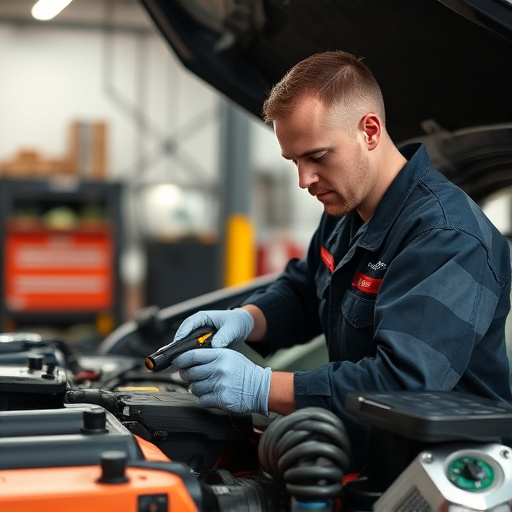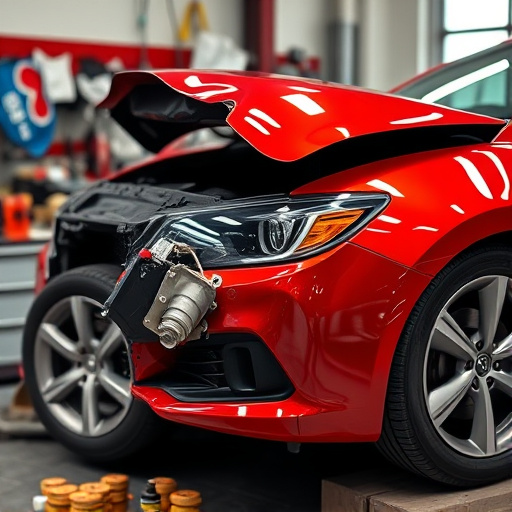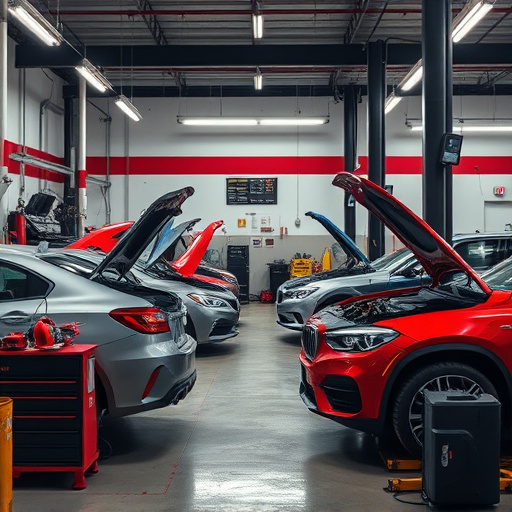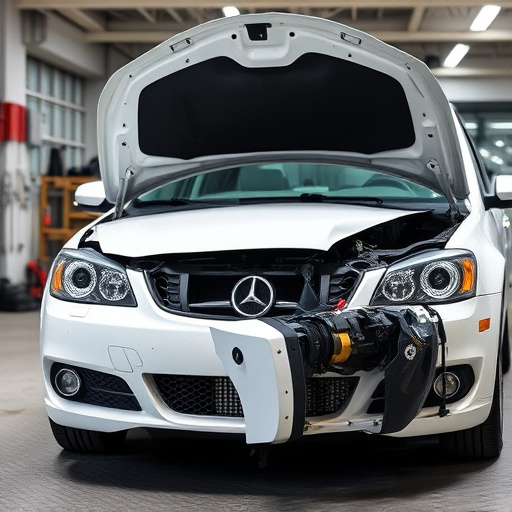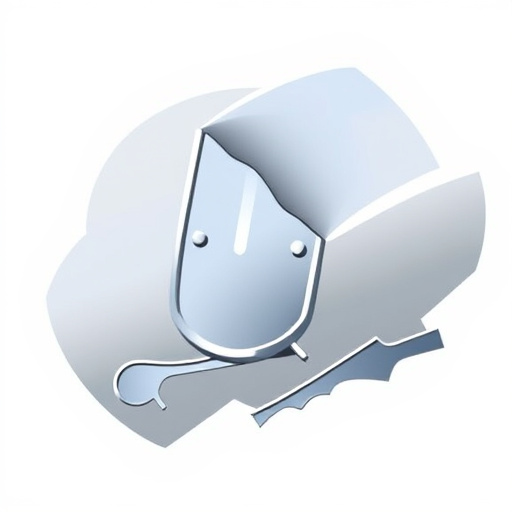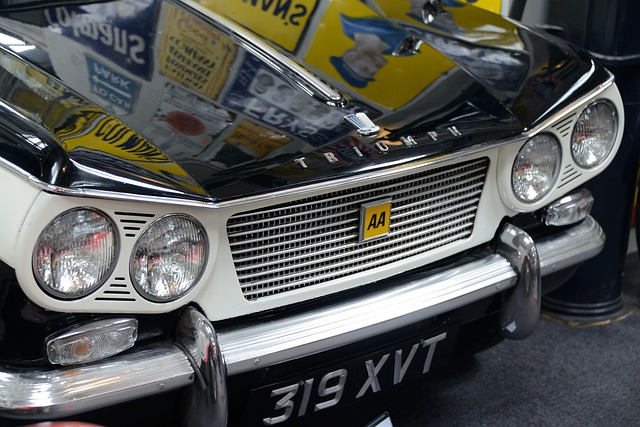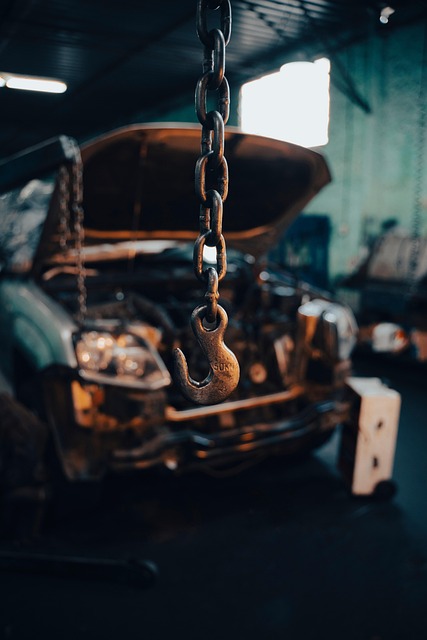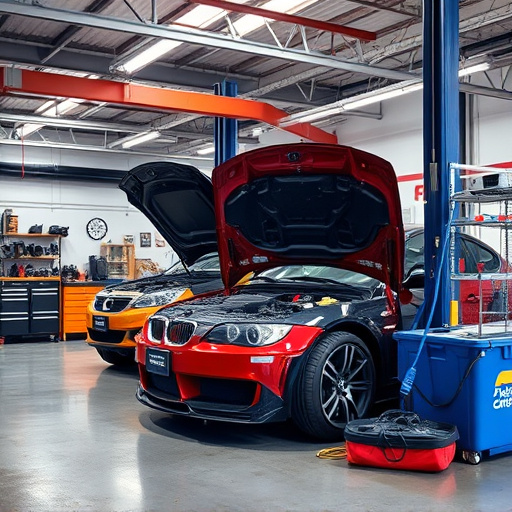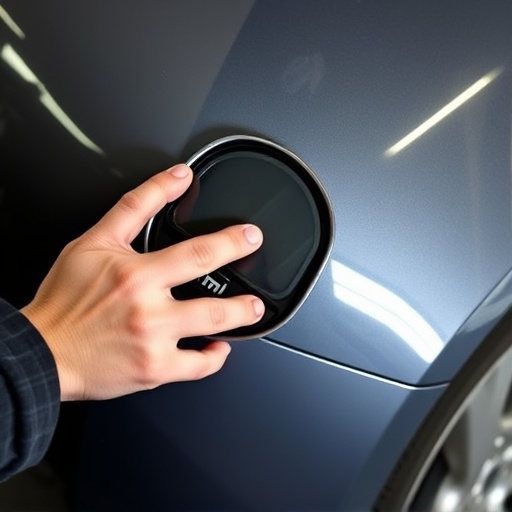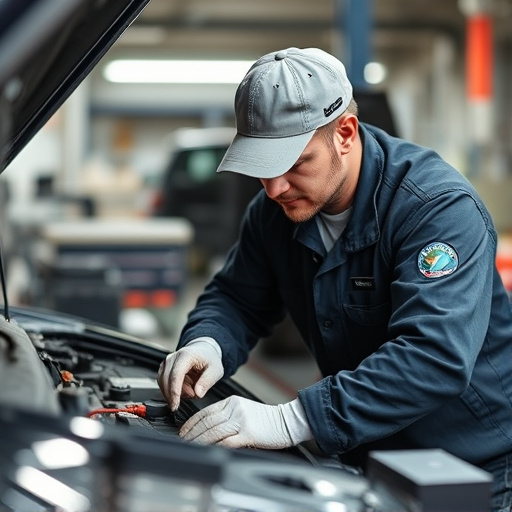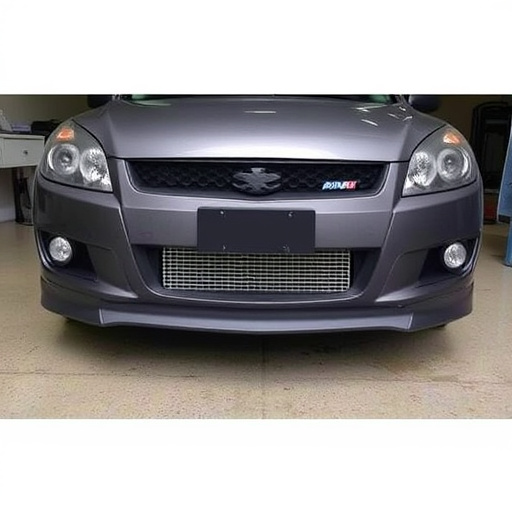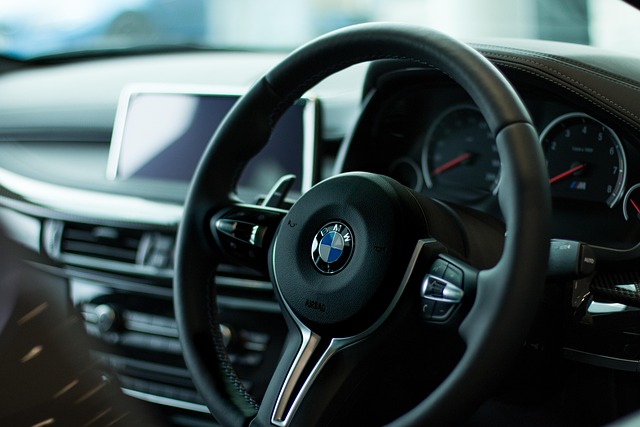Dashboard repair collisions pose significant challenges in the automotive industry due to their potential to cause complex damage and safety hazards. Expert training is crucial for technicians to navigate these issues through specialized techniques like tire services and frame straightening, ensuring accurate diagnostics and effective repairs. Balanced training involving theoretical knowledge and practical skills, coupled with advanced methods like virtual reality simulations, prepares technicians for diverse scenarios. Continuous improvement through feedback, peer-to-peer learning, and regular updates to training materials ensures technicians stay ahead of industry advancements, ultimately enhancing service quality.
Training teams to handle dashboard repair collisions is a vital step in ensuring efficient vehicle restoration. This comprehensive guide explores the unique challenges posed by these intricate repairs, offering strategies for professional development. From understanding material interactions to mastering technical skills, effective training equips teams with the knowledge to navigate complex dashboard repair scenarios. We also delve into implementation and continuous improvement processes, emphasizing the importance of staying abreast of industry advancements in dashboard repair technology.
- Understanding Dashboard Repair Collision Challenges
- Strategies for Effective Training
- Implementation and Continuous Improvement
Understanding Dashboard Repair Collision Challenges
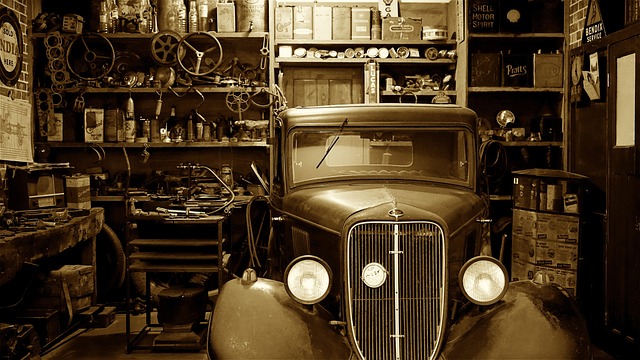
Dashboard repair collision challenges are a significant concern in the automotive industry, as they can lead to complex issues and safety hazards if not addressed properly. When a vehicle undergoes an automotive collision, whether minor or severe, the dashboard often sustains damage that requires expert attention. These collisions can cause various problems, from cracked screens and broken sensors to damaged wiring and loose components.
Proper training is essential to equip teams with the skills needed to navigate these challenges. By understanding the intricacies of dashboard repair, including specialized techniques for tire services and frame straightening, technicians can ensure accurate diagnostics and effective repairs. This is crucial in restoring not only the functionality but also the safety features of a vehicle, preventing further complications and ensuring customer satisfaction.
Strategies for Effective Training

Training teams to handle dashboard repair collision challenges requires a multi-faceted approach. Strategies should focus on both theoretical knowledge and practical skills. Begin with comprehensive workshops that cover the fundamentals of dashboard repair, including demounting, inspection, and remounting processes. Interactive sessions with real-world scenarios will equip technicians with the confidence to tackle complex repairs.
Additionally, integrating advanced training methods like virtual reality simulations can greatly enhance learning outcomes. These simulations allow trainees to navigate through various vehicle collision repair scenarios, from minor dents to severe frame straightening cases. Regular feedback sessions and peer evaluations also play a crucial role in refining skills. Emphasizing safety protocols during auto bodywork repairs is paramount, ensuring that teams are prepared for any unforeseen challenges that may arise during dashboard repair collision tasks.
Implementation and Continuous Improvement

The successful implementation of dashboard repair collision training is just the beginning; continuous improvement is essential to staying ahead in this dynamic field. Teams should be encouraged to provide feedback on the training’s effectiveness, identifying areas where further education or practical exercises could enhance their skills. Regularly updating training materials to incorporate new technologies and techniques ensures that technicians are equipped with the latest knowledge. This iterative process allows for a more comprehensive understanding of dashboard repair collision scenarios, enabling teams to confidently handle complex cases.
Additionally, fostering a culture of peer-to-peer learning and collaboration can drive continuous improvement. Encouraging experienced team members to mentor newcomers, sharing insights on tire services, bumper repair, and car dent repair techniques, enriches the overall training experience. By promoting an environment where knowledge is readily shared and valued, teams can collectively evolve their skills, ultimately elevating the quality of service provided to clients facing dashboard repair collisions.
Training teams to effectively handle dashboard repair collisions is a strategic move towards enhancing safety and efficiency. By understanding the unique challenges these incidents present, implementing tailored training strategies, and fostering continuous improvement, organizations can ensure their teams are well-equipped to manage such scenarios. This proactive approach not only minimizes downtime but also contributes to a smoother, more responsive workflow, ultimately improving overall operational effectiveness in the face of dashboard repair collisions.

